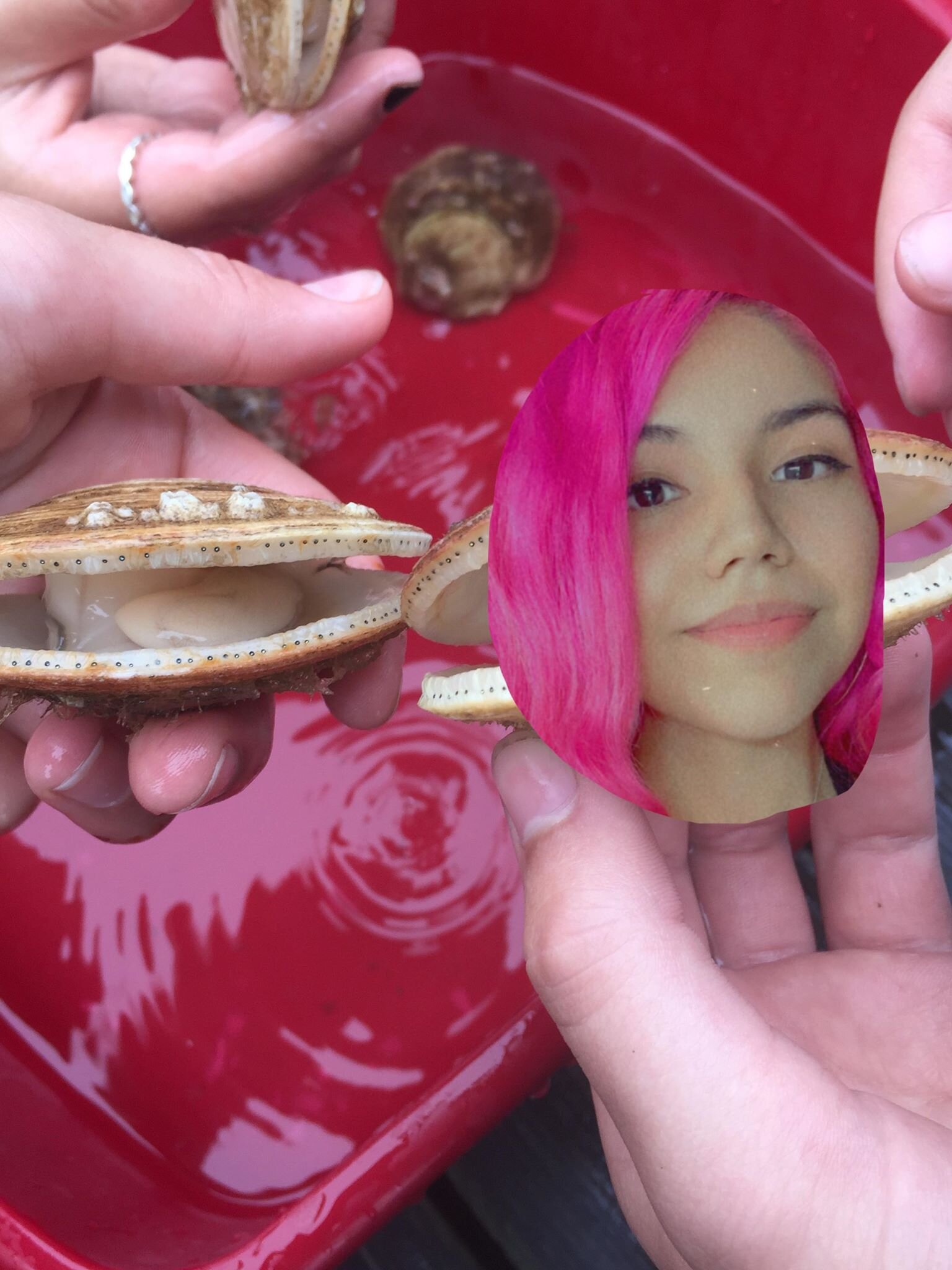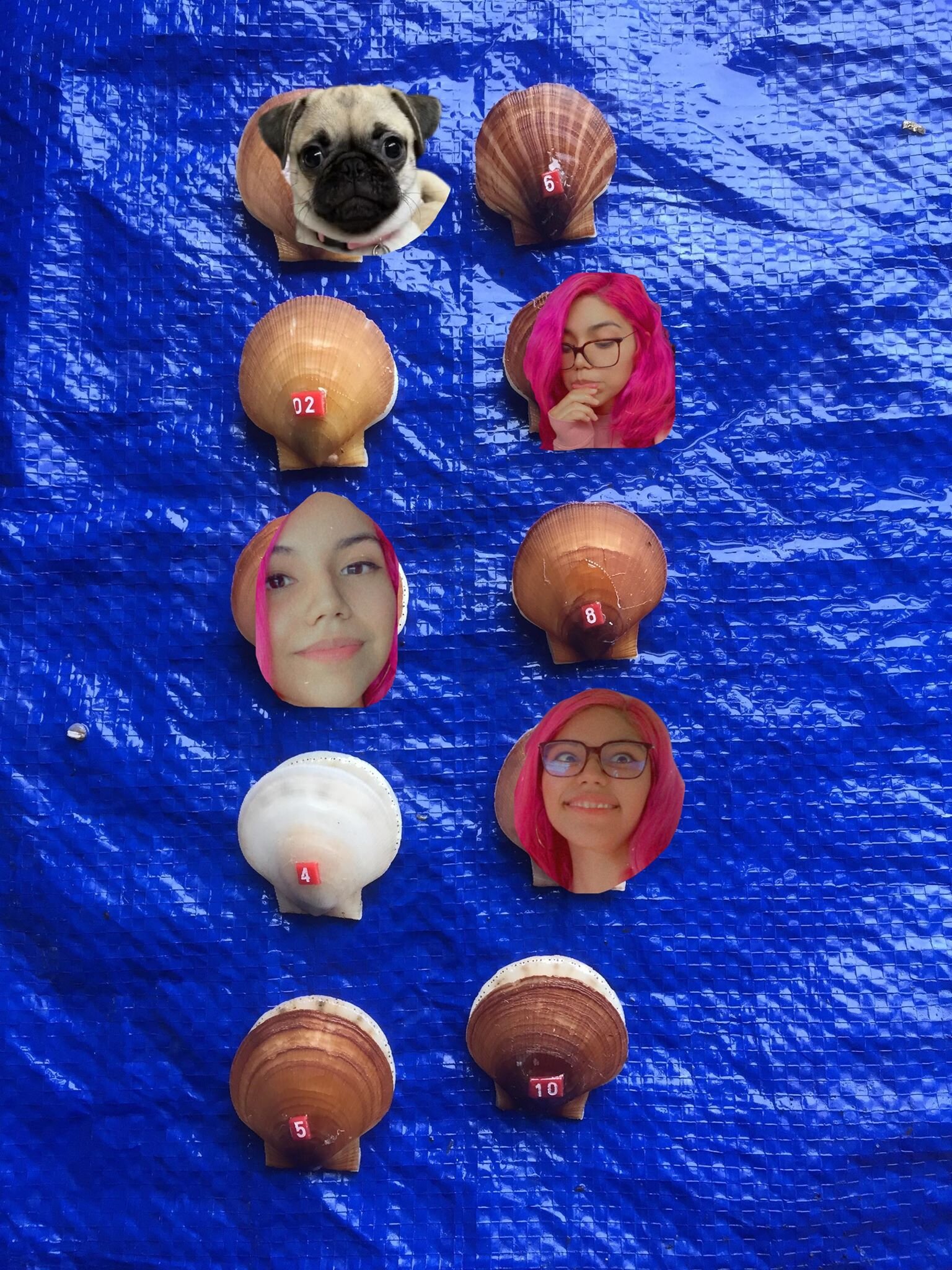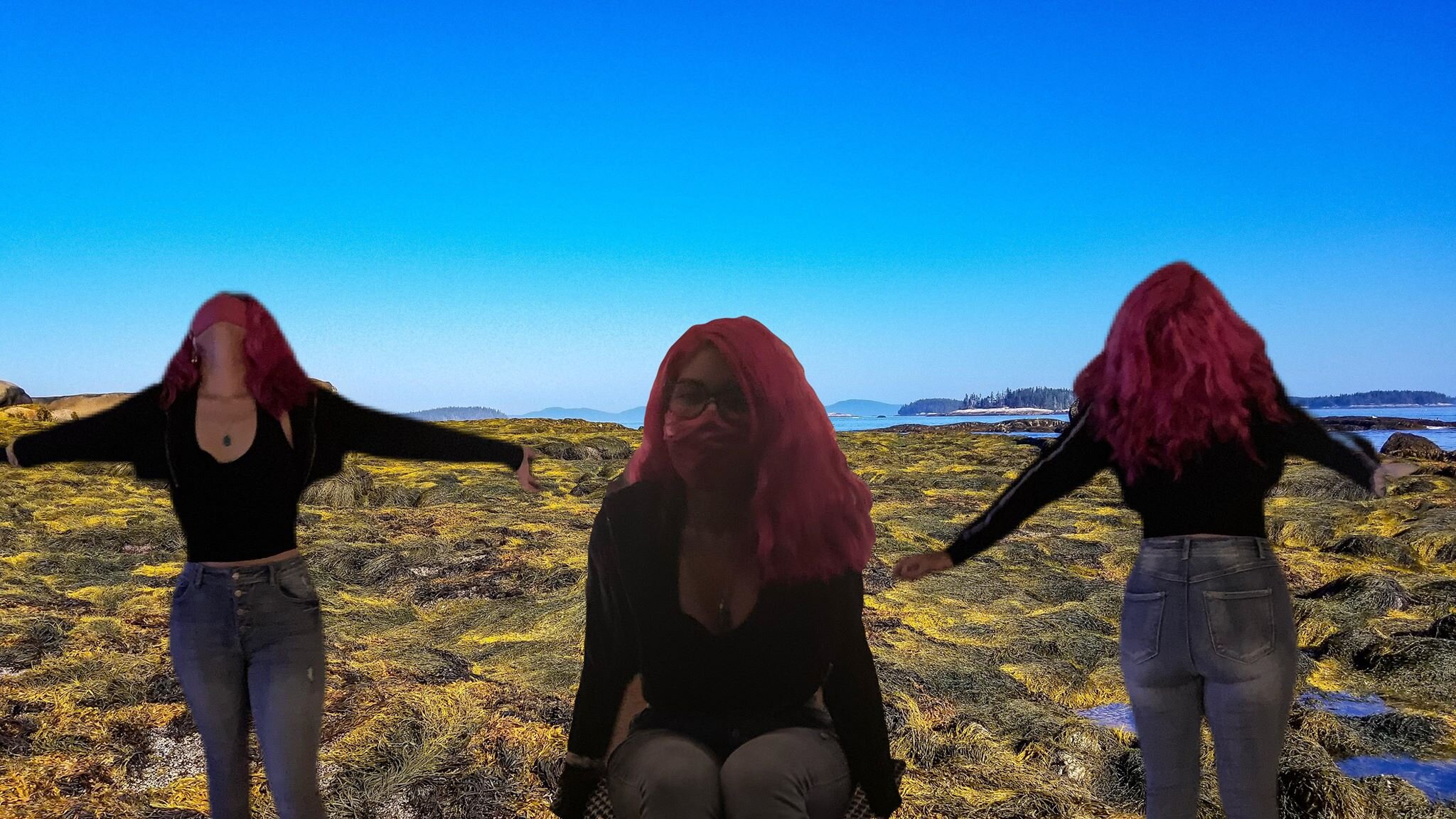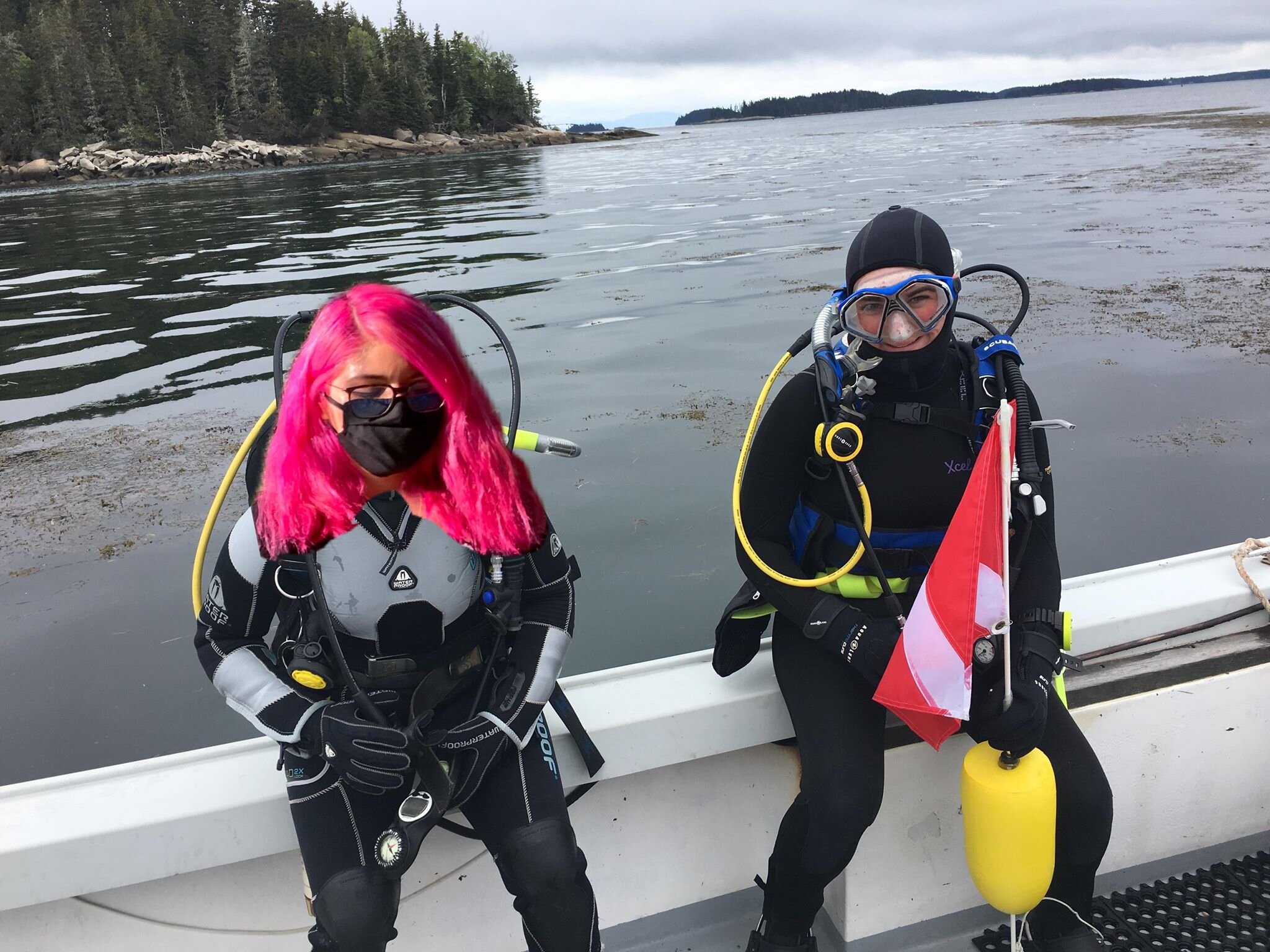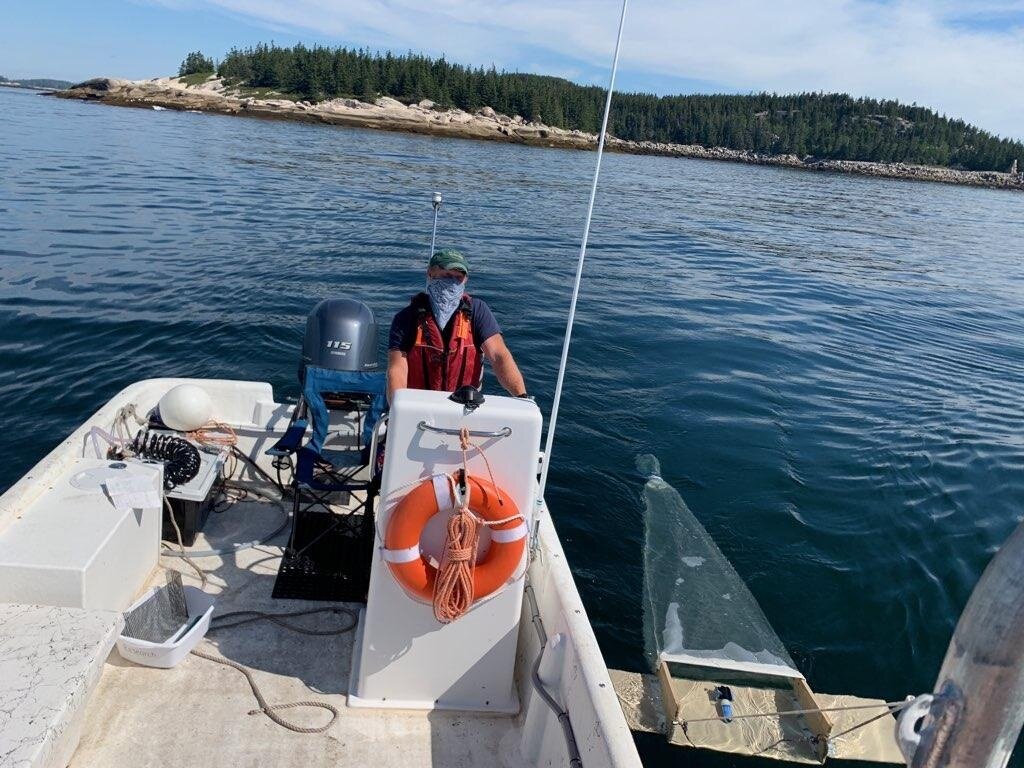On May 13th, the Organization for Biological Field Stations and the Center for Environmental Inquiry at Sonoma State University presented Live from the Field: Impacts of Field Research on Society. The event was moderated by Tosha Comendant, Conservation Science Manager with Pepperwood Preserve. Featured researchers came from across the country:
Phoebe Jekielek, Director of Research, Hurricane Island Center for Science and Leadership
Carlos Diaz, Principal Engineer, Sonoma Water
Thibaut Houette, PhD student in Biomimicry, Integrated Bioscience, University of Akron Field Station
Lisa Micheli, President and CEO, Pepperwood Preserve
Elena Stachew, PhD Student in Integrated Bioscience and Biomimicry Fellow, University of Akron Field Station
A recording of the event is now posted. Here is an Instructor's Guide for Live from the Field events, as well as a document with Event Resources that includes publications on the research discussed.
These Live from the Field events are a great opportunity for educators to engage their students with work being done on Field Stations around the world. We invite you to share these opportunities with colleagues. We also encourage you to view recordings of past events, which can be found on TheVirtualField.org.
There were many insightful questions answered during the conversation. Below are the researchers' responses to those that did not get answered live:
Q 1: Partnerships like Pepperwood and Sonoma Water are great! I wonder if there are also any challenges collaborating across organizations.
Lisa Micheli: The challenge is to take the time to understand each agency's mandate and how they relate to each other.
Elena Stachew: I will say in my case, I work across academia and three partner organizations for my PhD - one in government / public sector, one NGO / nonprofit tech accelerator, and one private industry / consulting firm. It is definitely challenging as each organization has different priorities and timelines, but consistent communication across all parties helps and revisiting of the goals / timelines and what makes sense, what is achievable, and what is most impactful to our goal of restoring ecosystems.
Q 2: How can a biologist get more involved in biomimicry research?
Thibaut Houette: It really depends on the knowledge/expertise of the biologist. Biologists are very beneficial for biomimicry research since such research heavily relies on their knowledge and understanding of the studied biological mechanism. A biologist with an idea about a specific biomimicry research topic of interest can reach out to practitioners on the technological side of this topic. Some practitioners are also known as performing biomimicry research and may be more accessible/eager to collaborate on such research.
Elena Stachew: Specifically, a biologist can create a profile on AskNature via The Biomimicry Institute - https://asknature.org/ - and aid in the collections of biological research papers, main strategies, and mechanisms of different organisms. You may find ways to collaborate with other users on the site! Universities to follow of course are our own University of Akron Biomimicry Research and Innovation Center, Georgia Tech's Center for Biologically Inspired Design, and Arizona State University's Biomimicry Center - to name just a few. But don't just look up "biomimicry", also look up "bioinspired", "bio-inspired", or "biomimetic." For example, ASU also has a fascinating Center for Bio-mediated and Bio-inspired Geotechnics. There are a lot of opportunities to obtain a masters, PhD, or just work in research in this topic - it just may not have the name "biomimicry" in the title, or there may not be a specific "biomimicry" program. The research may live in Biology, Geology, Engineering, Architecture, etc. so your advanced degree may come out of a different department. But starting with a biology background and fundamental basis helps greatly to apply to other technical areas - that's the potential of biomimicry! It can be applied in many different areas, even considering political science, organizational dynamics and business, etc.
Q 3: Phoebe, how can managers potentially use your research to inform aquaculture or fisheries management?
Phoebe Jekielek: Great question!! Well, scallop aquaculture is an emerging industry here in Maine that is developing alongside an established, well-managed, and lucrative wild scallop industry. There is a need to understand how these wild and aquaculture populations may interact, how farms may be playing a role of enhancement by increasing larval supply to wild populations, and how the developing scallop aquaculture market may influence existing wild markets. These are all topics we are currently researching ourselves or collaborating with others to address. Specifically, if farms are enhancing larval supply, what does this mean for our rotational management structure for the wild scallop industry... will areas with more farms have larger wild populations that replenish more quickly, can we identify where larvae might go?? These are questions that would be applicable to management.
Q 4: How can a regular member of the public tell if there will be a flood using One Rain?
Lisa Micheli: I believe the water agency will use the One Rain data to inform public flood warnings.
Q 5: Can you give a few specific examples of biomimicry that some of us in the audience may recognize? Products or services that were developed through inspiration by nature?
Thibaut Houette: At the component scale, one of the most famous examples is the Velcro inspired by the burdock plant. The tip of eagles' wing has also served as an inspiration for the design of the tip of airplane wings and the edge of whales' fins for wind turbines. At a building scale, the ventilation system of the Eastgate center in Zimbabwe was directly inspired by the air flow in termite mounds. At the ecosystem scale, urban planners seek to design built environments that mimic and/or provide similar ecosystem services as the natural environment.
Elena Stachew: (1) Humpback whale inspired wind turbine, (2) Plant inspired solar cells, (3) Japanese bullet train nose design, (4) Morpho butterfly wing structure and sensor technology, (5) Underwater vegetation inspired wave energy capture device
Q 6: Can you walk us through in more detail how the tree root structure work could become a citizen science effort?
Thibaut Houette: Pictures of root systems could be taken by anybody around the world with their own imaging device (phone, camera, drone, etc.). The person taking the pictures would follow a quick guide to optimize the quality of the pictures. These pictures could then be uploaded to an online database. Our team would then import such pictures to a photogrammetry software to generate 3D models of the root systems. These models would then be shared with the person who uploaded the pictures. The models will also be analyzed by our team to extract biological root traits. Gathering such root traits with a consistent method from a variety of tree species adapted to a wide range of environments from all around the globe would greatly advance our understanding of root adaptation to different environmental conditions.
Elena Stachew: This is why we are testing different camera types - DSLR camera versus smartphone camera types versus a drone - to see how much and why the quality changes. We are also testing simple marking techniques to enhance the root system in the photos, especially if you are in a very thick forest and the lighting is dim. We aren't expecting citizen scientists to bring their own backlighting or controlled background backdrops like professional photographers! When trees naturally fall from high wind or storms and they fall on their side, the exposed rootwad could be cleaned and imaged, and the final reconstructed 3D model from the images could be used to determine the exact breakage point along the root system, which is important for gaining a better understanding of root biomechanics and failure mechanisms, which ultimately helps foresters better manage forests and plant trees in the right environment. There is a lot of potential with this technique!
Q 7: How has COVID impacted your research?
Thibaut Houette: COVID has delayed some of our research since specific work environments/tools/employees became inaccessible. In-person collaborative work was further delayed since social distancing was necessary. Field work was less affected since it was possible to keep our distances while working in the same environment. Our photogrammetry technique is composed of many steps, so multiple people could perform different steps at the same time.
Phoebe Jekielek: Interestingly, we were just as busy, if not more busy, during the time of COVID. Because most of our work is done in the field, outside, on boats we were able to continue much of our existing research safely. We had limited staff, but we max out at 5 staff in any given year anyway. We were also able to help other organizations without as much flexibility to conduct their research and collect data. The challenges were there, but the nature of our work allows us to keep forging ahead.
Lisa Micheli: COVID prevented us from hosting visiting scholars in 2020 and limited our research to that related to essential functions (ag, fire, water) that could be done by staff working in solitary formats.
Elena Stachew: COVID delayed access to labs on our campus for about 3 months, then social distancing procedures made it so we had to split days in the lab with different folks for a while. So some of the steps of our project took longer due to this limited access. We moved a lot of our computer work to our homes, which took time to get set up as well. Collaboration and communication was delayed as well for a time as people got situated at home and to the new normal. Field work stayed consistent as Thibaut mentioned - we actually conducted all our field work and imaging last summer from May through October during pandemic year 2020.
Q 8: Phoebe you told us about working with fisherman, what other kinds of jobs did you have outside of academia before pursuing your PhD?
Phoebe Jekielek: The long and winding road :) I'm very lucky and have been able to explore many different interests. I have been a divemaster, an outdoor educator in Boston Harbor, a marine science instructor on another island, an aquarist, a lifeguard, a fisheries observer, a harbor master, a research assistant, a communications associate, a marketing director, and a program director. I started pursuing my Masters degree at 29 and my PhD at 39, so I've done a lot in between. The constant connection was the ocean. I can truly say that I use skills I learned in each of these positions every day and am so grateful to have had each one.
Below is the recording of the entire event to the left, and of Phoebe’s segment to the right.










